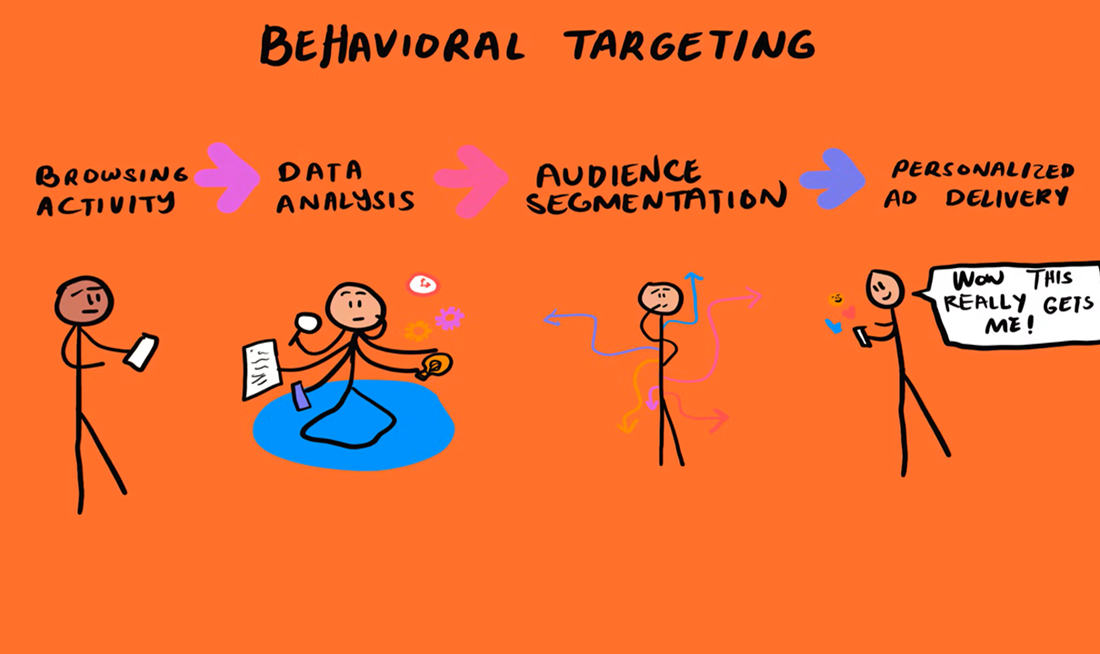Master Omnichannel Marketing in a Multi-Platform World
If customers are interacting with brands across multiple channels—Instagram, email, websites, mobile applications, and physical store locations—why should marketing efforts remain fragmented? In today’s interconnected digital environment, relying on a single engagement channel is no longer sufficient. Consumers expect seamless interactions across platforms, and brands that fail to meet these expectations risk losing their competitive edge.
This is where omnichannel marketing strategies become essential. Unlike multichannel approaches, which treat each platform as an independent entity, omnichannel marketing focuses on creating a unified, personalized customer experience across all touchpoints. It has evolved from a strategic advantage into a fundamental necessity for businesses seeking to thrive in a multi-platform landscape.
This discussion will provide a comprehensive exploration of omnichannel marketing. Key topics will include its definition, significance, strategies for building a cohesive framework, and insights into how leading brands leverage it to enhance engagement, loyalty, and sales. Whether developing an initial approach or refining existing campaigns, this guide will offer the essential knowledge needed to succeed.
Understanding Omnichannel vs. Multichannel
At first glance, omnichannel and multichannel marketing may seem interchangeable. Both involve using multiple platforms to communicate with customers. But the difference lies in the integration—and it’s a big one. Multichannel marketing uses separate strategies for each platform, meaning your email campaigns, social media ads, and website experience might not be connected. In contrast, omnichannel marketing ensures that every channel works together to deliver a consistent, personalized experience.
Consider a customer who clicks on a Facebook ad, visits your website, adds a product to their cart, and then abandons it. In a multichannel world, they might receive a generic follow-up email. But in an omnichannel model, your system would recognize their behavior and send a tailored message, perhaps even through SMS or push notification, with a specific offer to nudge them back.
This seamless experience doesn’t just feel better—it performs better. Studies show companies with strong omnichannel engagement retain an average of 89% of their customers, compared to 33% for those with weak strategies. Understanding this distinction is the foundation for success in today’s marketing ecosystem.
Building a Customer-Centric Strategy from the Ground Up
At the heart of effective omnichannel marketing is a deep understanding of your customer journey. You can’t create a seamless experience if you don’t know how your audience interacts with your brand across touchpoints. Start by mapping out every possible path a customer might take—from discovery to purchase to post-sale support. Pay close attention to pain points, drop-off areas, and opportunities for personalization.
Once you have a clear view of the journey, segment your audience based on behavior, preferences, and demographics. This allows you to tailor messaging and content to different user groups without sounding robotic or repetitive. Think of it like a conversation: your tone and message should shift depending on who you’re speaking to and where the interaction takes place.
Use data as your guide. Tools like customer relationship management (CRM) platforms, marketing automation, and analytics dashboards will help you track user behavior and refine your efforts. The more insights you have, the more you can anticipate needs and deliver the right message at the right time. This is where the magic of omnichannel truly shines.
Creating Seamless Brand Messaging Across All Channels
One of the biggest challenges in omnichannel marketing is maintaining consistency without becoming boring or predictable. Your brand’s voice, visuals, and value proposition should be recognizable whether a customer sees your TikTok ad, opens an email, or chats with a support agent. However, that doesn’t mean every channel should look and feel exactly the same.
Instead, adapt your content to suit the platform while keeping your core message intact. For example, a product launch campaign might include a behind-the-scenes Instagram Reel, an announcement email, a landing page optimized for conversions, and a YouTube tutorial. Each piece is tailored to its platform but still fits into a unified story.
It’s also crucial to coordinate your timing and messaging. Disconnected campaigns can confuse customers and dilute your impact. With omnichannel marketing, all departments—from sales and marketing to customer service—should be aligned on goals, timelines, and messaging. This cohesion is what builds trust and strengthens your brand identity.
Leveraging Technology for Smarter Omnichannel Execution
Technology is the backbone of a successful omnichannel strategy. Without the right tools, it’s nearly impossible to track user behavior, deliver personalized content, or measure campaign performance across platforms. Fortunately, today’s marketing technology (martech) stack offers powerful solutions to support your efforts.
Start with a robust customer data platform (CDP). A CDP consolidates customer information from various sources into a single, unified profile. This allows you to create dynamic, behavior-based segments and target users based on real-time activity. Pair this with marketing automation tools that can trigger messages, offers, or content based on user behavior across email, SMS, social, and more.
Additionally, AI-driven analytics and personalization engines can help you predict customer behavior and tailor experiences accordingly. Chatbots, for example, can guide users through a personalized shopping experience on your website or app, while recommendation engines can highlight products based on browsing history.
Even your point-of-sale systems and customer service platforms should integrate with your omnichannel approach. The goal is to eliminate data silos and ensure that every team member and platform is working with the same customer insights. This not only enhances the customer experience but also boosts internal efficiency and decision-making.
Case Studies: Brands Winning with Omnichannel Marketing
Numerous successful companies exemplify the transformative potential of omnichannel marketing when executed effectively. Sephora, for instance, seamlessly integrates its digital and physical touchpoints, allowing customers to virtually try on products, receive personalized recommendations, and check store inventory through its mobile application. When visiting a store, sales associates can access online profiles to provide tailored suggestions, ensuring a cohesive and personalized shopping experience.
Nike offers another compelling example, uniting its website, mobile application, and physical stores into a unified shopping ecosystem. The app not only tracks purchases and workout habits but also delivers exclusive promotions, early access to new products, and in-store benefits for app users. This high level of integration fosters customer loyalty and encourages repeat engagement.
Similarly, Starbucks has implemented an effective omnichannel strategy through its mobile application, which enables order-ahead functionality, loyalty tracking, and real-time promotional offers. By synchronizing the app, in-store experience, and email communications, Starbucks enhances customer engagement and drives frequent visits.
These examples underscore the strategic advantages of harmonizing digital and physical interactions through omnichannel marketing. When brands create seamless, intuitive experiences across multiple touchpoints, customer satisfaction and retention significantly improve.
Measuring Success and Continuously Optimizing
Once your omnichannel marketing strategy is in motion, the next step is to track performance and adjust based on real-world feedback. Set clear goals for each stage of the customer journey—awareness, consideration, conversion, retention—and define key performance indicators (KPIs) to measure success. These might include email open rates, click-through rates, cart abandonment recovery, social engagement, or lifetime customer value.
But don’t stop at numbers. Collect qualitative feedback through surveys, reviews, and customer support interactions. This data provides context that numbers alone can’t capture and can highlight areas where your messaging or experience needs improvement.
Optimization should be an ongoing process. Use A/B testing to refine content across different channels, experiment with new platforms, and stay up to date with evolving customer preferences. The digital landscape changes quickly, and the most successful omnichannel brands are those that adapt just as fast.
Remember, omnichannel isn’t about perfection—it’s about progressive alignment. As your tools and data improve, so will your ability to deliver truly personalized, seamless marketing at scale.
Conclusion
In an increasingly fragmented and dynamic digital landscape, successful brands are those that effectively integrate their strategies. Omnichannel marketing is not merely about maintaining a presence across multiple platforms; it is about doing so with strategic intent and purpose. By harmonizing messaging, technology, and organizational efforts around the customer journey, businesses can cultivate experiences that are both impactful and deeply engaging.
This discussion has examined the fundamental principles of omnichannel marketing, explored the technologies enabling its implementation, and analyzed real-world examples of brands excelling in this domain. Now, the next step is to take action.
Begin by mapping the customer journey and identifying critical touchpoints. Subsequently, explore solutions and methodologies that enhance consistency and personalization across platforms. Most importantly, remain committed to continuous learning and adaptation as customer expectations and behaviors evolve.



